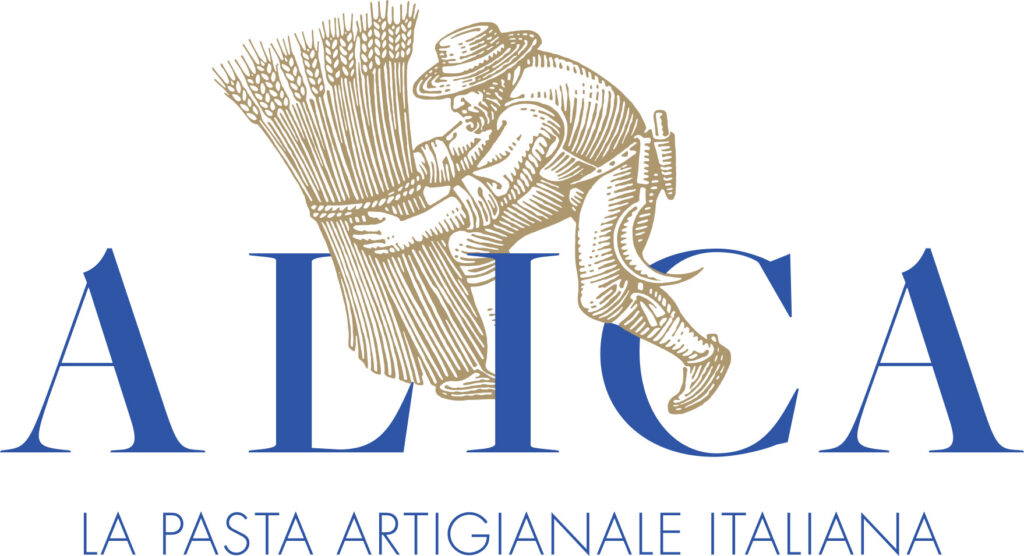The Italian quality pasta brand Alica places the highest demands on its packaging and production processes . When it comes to artisanal pasta, the company relies exclusively on the finest raw materials.
The company Pasta Alica, from the Basilicata region, can look back on over 30 years of history and challenges encountered. Currently, the company focuses on two fronts, namely its production processes and its packaging. In the last five years, the pasta manufacturer has indeed improved its packaging over four times, switching to innovative and appealing designs. And, eventually, after careful consideration, the paper option has been chosen over a polluting plastic packaging.
Although the designs have changed quite a few times, it was not easy to implement them from a packaging technology perspective. However, after a careful study and market research, the company managed it and opted for this haptically appealing variant. Dr. Antonio Crisci, Chief Operations Officer at Pasta Alica, strongly approved the drastic change in designs. Indeed, in his opinion, a conversion to paper packaging would have become necessary in the upcoming years.

“Plastics are currently being demonized in this ever changing food industry – and we are following this development closely. We want to provide a sustainable production, although the use of paper requires the felling of trees”. Crisci draws an evincing comparison: Just as the Italian market is experiencing an increased demand for recyclable packaging, so has the discussion on the company’s own raw materials for pasta production developed.
Indeed, numerous politicians and social groups have spoken out against the use of Canadian wheat, which is allegedly treated with glyphosate. However, Pasta Alica makes exclusively use of Italian wheat, providing a full Italian experience to its customers. In order to further consolidate their branding, Pasta Alica has indeed kept the entire production process in Italy.
The Italians have a large number of pasta shapes in their portfolio, some of which are particularly sensitive. The Italian pasta experts are convinced that the quality of pasta also depends on how planned and well-treated the pre-drying and drying phase get taken care of. In past years, pasta used to get exposed to natural conditions during the drying phase, so pasta factories were mostly allocated in windy and sunny places. However, Nowadays Alica pasta-makers place the product on beech wood frames, which are then put into static dryers at approximately 35 degrees Celsius for 24 to 72 hours, after a cold bronze die extrusion. This is in order to make the product maintain its organoleptic features and the classic color of its wheat.
Instead, if Pasta Alica would have made use of a hard-drying phase, which usually acts in 85 to 100 degrees Celsius, the pasta would have been half-cooked due to the high temperature and the vitrified surface, which would have made the pasta surface flat and consequently make the sauce not get its grip on the pasta. Consequently, such an energic drying phase would have caused structural changes, compromising the raw features of the product. In fact, pasta made out of foreign wheat (treated with glyphosate) are usually dried up that way and extruded through Teflon.
Working with these artisanal and antique methods definitely lead to more time-consuming and spacious activities, which will also lower the quantity per batch. However, Pasta Alica believes that a productive and passionate labor force is one of the most important aspects in the pasta production, as it certainly highlights Pasta Alica’s care in keeping the taste and flavor of Pasta as made back in the days.



